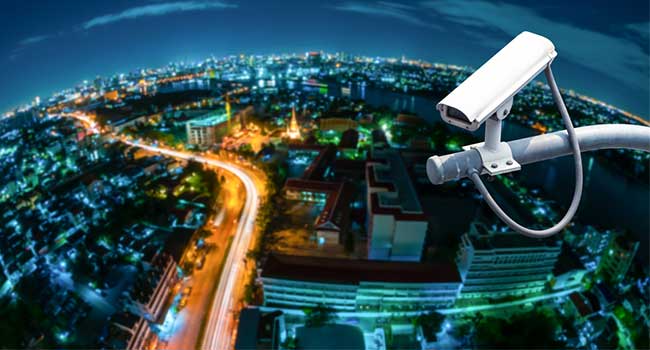
Eight Percent of Baltimore's Surveillance Cameras Don't Work
Fifty-nine surveillance cameras in Baltimore's network of 744 cameras don't function correctly, according to police.
- By Sydny Shepard
- May 23, 2019
Baltimore's Police Department is finding that about 8 percent of their surveillance cameras are not functioning correctly, leaving them with blind spots around the city.
The Police Department recently did a count of their surveillance cameras and found that 59 out of 744 were not working. The reasons for the loss in functionality ranged from wireless signal interference and downed street poles, to cameras simply reaching the end of their lifespan, according to The Baltimore Sun.
"The camera program is an important tool in our fight against crime," Det. Jeremy Silbert, a police spokesman said. "When a camera becomes inoperable, we are not longer able to benefit from the technology."
While the downed cameras are creating problems for police, Silbert says that only having 8 percent of the cameras down is "about average" for the system which operates over 700 cameras. A spokesperson from the Mayor's Office of Criminal Justice told The Baltimore Sun that having 100 percent of the cameras operating at all times, given the size and complexity of the system, would be near impossible.
Still, the city is looking for ways to improve the 8 percent downed number.
"I requested a briefing on the current state of our cameras and our plans for the future within my first few weeks," Ganesha Martin, who recently took over the Mayor's Office of Criminal Justice said. "Of course it is our goal to have every camera up and running."
Security installations around the city have been top of mind for years. In 2017, Baltimore received a $5 million grant from Bloomberg Philanthropies to buy more surveillance cameras, gunshot detection software and license plate readers.
About the Author
Sydny Shepard is the Executive Editor of Campus Security & Life Safety.